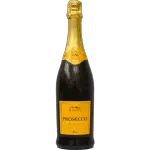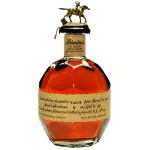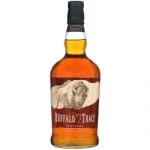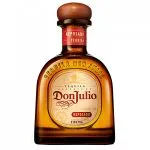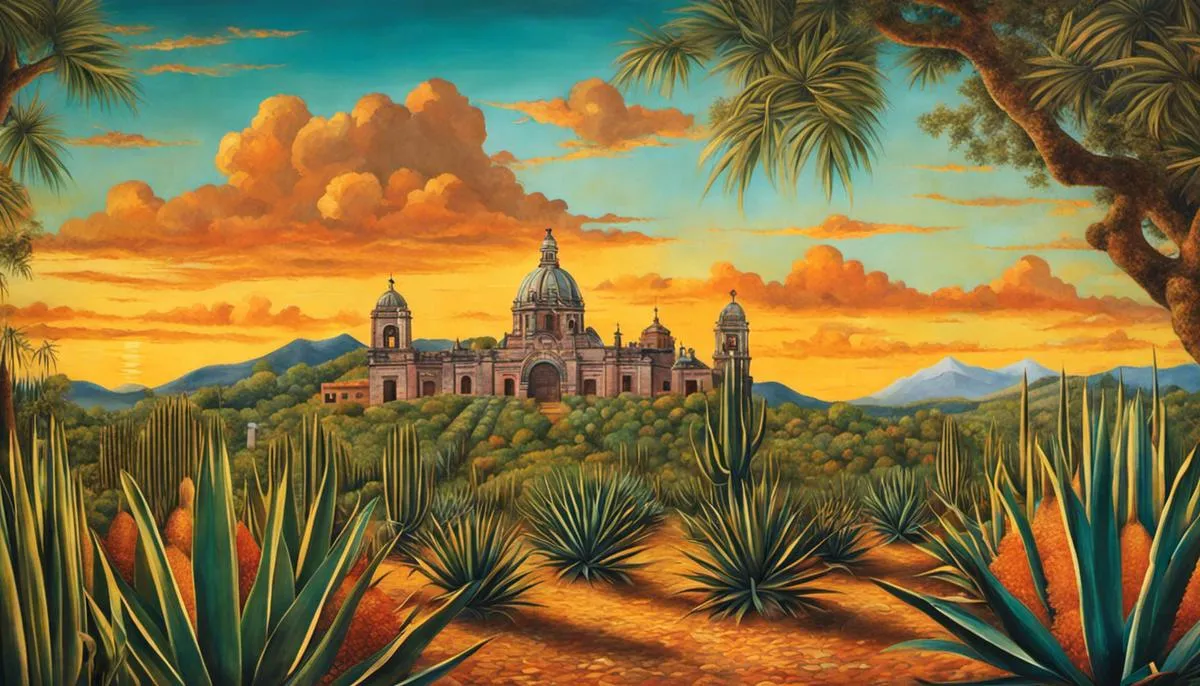The fascination, tradition, and nuanced intricacies enveloping Mezcal and Tequila, two distinct distillates of the agave plant, extend beyond their shared Southern Mexican roots. From sipping on a rich añejo after dinner to indulging in the sharp yet soothingly complex flavor sets of a vibrant joven, the joy these spirits bring is not merely about consumption, but also the connections to centuries-old traditions, the knowledge of their craft, and the understanding of their distinct characteristics. This exploration travels through time, from the historical roots embedded in Mexico’s fertile soils to the stringent and meticulous production processes; ventures into the taste profiles born from differing maturation times; navigates the ocean of myths and realities surrounding these spirits; and finally, arrives at the artistry involved in their consumption and pairing with delightful cuisines.
The Origins of Mezcal and Tequila
Origins of Mezcal and Tequila
Long before the Spanish conquest of Mexico, the indigenous people in the region had been producing beverages derived from the agave plant. This plant, native to the deserts of Mexico, became the raw material for what we know today as mezcal and tequila.
The process of fermentation was commonplace among the indigenous groups in Mexico. They had a beverage called “pulque,” a milky, slightly foamy, and viscous drink made from the fermented sap of the maguey plant, a species of agave. This process evolved over centuries from pulque to mezcal and tequila.
During the Spanish conquest in the 16th century, the colonial settlers began distilling agave, leading to the production of mezcal. The Spanish word ‘mezcal’ originates from the Nahuatl – the language of the Aztecs – words ‘mexcalli’, which means ‘cooked agave’.
The development of tequila followed in the region now known as the state of Jalisco. Here, the indigenous people discovered a particular type of agave plant they called “blue agave” or “agave tequilana”. Tequila was given its name from Tequila, a small town in Jalisco, which is still the center of tequila production today. Unlike mezcal, which can be made from over 30 types of agave, tequila is exclusively made from the blue agave plant.
Cultural Significance
The cultural significance of mezcal and tequila in Mexico is profound. These beverages play a central role in various Mexican traditions and have been for centuries. They are integral to celebrations, religious rituals, and even everyday life. The drinks are usually consumed straight in Mexico, often with a side of salt and lime, a practice popularized in the United States.
Production Techniques and Mixology
Grasping the fundamental distinctions in mezcal and tequila production methods is crucial to discerning the difference between these two types of spirits.
Mezcal production involves cooking the hearts of the agave plants, known as piñas due to their similarity to pineapples, in underground stone-lined pits. This cooking process caramelizes the piñas and lends a distinct and robust smoky flavor to mezcal.
Alternatively, tequila production roasts or steams the piñas in above-ground ovens. This process results in a milder-flavored tequila, devoid of the signature smokiness present in mezcal. The Mexican government closely regulates these processes, ensuring the quality and authenticity of both spirits.
Mezcal and tequila have gained significant recognition outside of Mexico in recent years due to mixologists worldwide adopting these spirits into their diverse beverage menus. These spirits offer unique flavors, versatility in mixing, and a rich cultural and historical significance, factors that contribute to their growing popularity globally.

The Production Process
Selection of Agave Plants
The selection of the agave plant type is the initial factor that differentiates mezcal from tequila. Mezcal can be derived from more than 30 types of agave, primarily the Espadin variety. In contrast, tequila production strictly uses one type of agave, the Blue Weber. This variation in agave species used paves the way for a diverse range of flavor profiles between the two spirits.
Harvesting Process
Both plants are harvested by jimadores, agricultural laborers specialized in agave cultivation. However, for mezcal, the jimadores often harvest wild agave plants. This adds an element of variability as these plants are shaped by their environment, thus leading to a different taste with each batch. The tequila process is more systematic, with Blue Weber agave grown in fields and harvested upon maturity to ensure a predictable flavor consistency.
Cooking the Agave
The cooking process greatly impacts the flavor profiles of mezcal and tequila. For mezcal, the agave heart or ‘piña’ is cooked in an underground pit filled with hot rocks, leading to a signature smoky flavor. The piña is usually halved or quartered before being placed in the pit, which is then sealed with a layer of plant material and covered with soil for about two to five days. But in tequila production, the piña is steamed in large ovens known as hornos or autoclaves. This process, typically lasting for up to 24 hours, lends tequila a smoother, less smoky flavor.
Fermentation and Distillation
Both types of spirits undergo fermentation where the cooked agave is mashed to extract juices and then placed in large vats or tanks. Yeast is added to convert the sugars into alcohol. This fermentation process is a critical step that contributes to the flavor of the final product.
The fermented mixture is distilled afterwards. For mezcal, it’s typically distilled twice and sometimes in clay pots, adding unique aromas. Tequila is also distilled two times and even three times occasionally but in copper pot stills or column stills.
Aging Process: A Key Distinguisher
Tequila and mezcal, although related, comprise major variations primarily based on their aging process. Tequila is categorized into three fundamental types determined by how long it is aged: Blanco, which is aged for under two months; Reposado, aged between two and twelve months; and Anejo, which is aged for more than a year. Conversely, Mezcal has its Joven aged for under two months, Reposado aged between two months and a year, and Anejo for over a year. Generally, longer aging times correspond to deeper hues and enriched flavors.
An essential point to remember is that while tequila forms a subtype of mezcal, the reverse is not true. Despite being derived from the same plant – agave, their distinct production processes contribute to their unique flavor profiles, historical significance, and cultural impact. This divergence is what makes each of these Mexican spirits globally admired for their singular attributes.
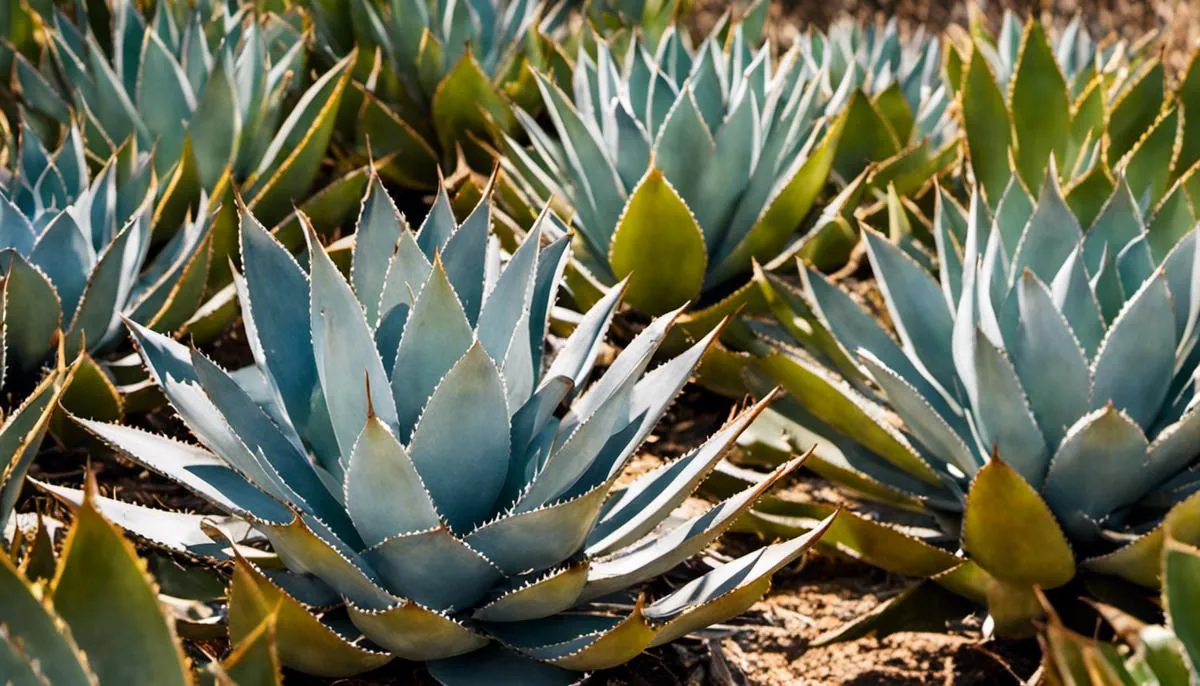
Types and Taste Profiles
Exploring the Variants of Mezcal and Tequila
As two of Mexico’s most celebrated spirits, both mezcal and tequila are divided into various classifications, each boasting their special features. Mezcal primarily falls into three respective categories: Joven, Reposado, and Añejo.
The unaged Joven is bottled promptly after distillation, thus retaining a robust and authentic flavor of the baked agave. Reposado (“rested”) mezcal, on the other hand, spends between two months and a year in wooden barrels, picking up additional complexities from the wood. Lastly, Añejo mezcal undergoes a more extended aging process of one to three years in wood barrels, evolving a deeper, more complex flavor profile.
Tequila aligns with similar classifications as Mezcal, having Blanco (also known as Plata or Silver Tequila), Reposado, and Añejo. Blanco Tequila is unaged retaining the pure taste of blue agave. Reposado Tequila is housed in wooden barrels from two months to a year, giving it additional flavor complexity. Añejo Tequila undergoes a longer aging period between one to three years, yielding a highly intricate, refined taste experience.
Taste Profiles of Mezcal and Tequila
Mezcal and Tequila present completely distinct taste profiles, delivering unique sensory experiences. Mezcal, typically associated with smoky characteristics, provides a diverse flavor profile depending on the type of agave used. Joven Mezcal is often vibrant and herbaceous while Reposado and Añejo Mezcals adopt flavors from the barrel, lending notes of vanilla, chocolate, and other spice nuances.
Tequila, on the other hand, made specifically from blue agave, presents a more streamlined flavor profile. Blanco Tequila shines with the pure, ripe fruit flavors of agave, while Reposado and Añejo Tequilas adopt additional flavors from the barrel refining process, adopting undertones of oak, vanilla, caramel, and spices.
Impact of Maturation on Taste
The Maturation process has a fundamental impact on the taste profiles of both Mezcal and Tequila. As the spirits age in barrels, they soak up the flavors of the wood, taking on more earthy, spicy, and even sweet nuances.
In the specific case of Mezcal, the maturation can enhance smoky characteristics and introduce notes of dried fruit, chocolate, coffee, or tobacco. Añejo Mezcal, due to more extended aging can present deeper, darker flavors closely resembling those of fine whiskies or cognacs.
For Tequila, aging infuses the spirit with more depth and complexity. Reposado Tequila exhibits a more mellow character with mild wood notes, whereas Añejo Tequila develops rich and complex flavors, sharing certain flavor similarities with aged rums and whiskies.
Understanding Mezcal and Tequila
Mezcal and Tequila are both popular spirits that have a wide range of types and taste profiles. The distinctions between the two primarily stem from the type of agave used in their production and the unique aging processes they undergo. The maturation of these spirits plays an influential role in their taste, making each variant a unique sensory experience that’s just waiting to be discovered and savored.

Popular Myths and Realities
Dispelling Misunderstandings About Mezcal and Tequila
It’s a commonly held belief that the ‘worm’ or gusano found in bottles of Mezcal is a traditional aspect of the spirit’s production. Truthfully, though, the use of the gusano, which is actually an agave plant-infesting larva, was just a marketing tactic from the 1950s meant to differentiate certain brands, and doesn’t significantly affect the taste of Mezcal, nor is it typically found in authentic Mezcal.
Furthermore, not all agave-based spirits can be classified as tequila, contrary to popular belief. A distilled liquor can only be called tequila if it’s made from the blue agave plant and produced in any of these 5 specific Mexican regions – Guanajuato, Michoacán, Nayarit, Tamaulipas, and the tequila namesake town in Jalisco. Mezcal, on the other hand, has more growing and production flexibility, as it can be produced with any of the 30 varieties of agave in numerous different regions.
Tequila is often inaccurately seen as simply a ‘party drink’. Although the spirit may be featured at lively celebrations, it’s actually appreciated by connoisseurs for its sophisticated and subtle flavor notes, much like traditional sipping spirits such as whiskey and cognac. Tequila’s deep-rooted history, traditional distillation methods, and strict production regulations all add to its reputation as a drink to be savored, not shot. Similarly, Mezcal is esteemed for being often artisanal and small-scale, primarily produced in rustic, family-owned distilleries known as palenques.
Contrary to another wide held belief, a quality Mezcal should be sipped, not shot. It’s best enjoyed neat at room temperature, an optimum condition to let palettes detect its intricate flavors and distinctive smokiness, achieved by the roast-oven cooking of their agave hearts before fermentation.
Lastly, even though they’re often lumped together, Tequila and Mezcal offer distinguished drinking experiences. Tequila is characterized by its fresh, sweet taste with a spicy hint, while Mezcal is known for its distinct smoky flavor. Both Mezcal and tequila are evocative sensory experiences, reflecting the landscapes, climate, and culture of their birthplaces.
So, separating fact from fiction, appreciating Mezcal and tequila is all about understanding their historical contexts, recognizing their individual flavor profiles, and savoring them with discerning, educated palettes.
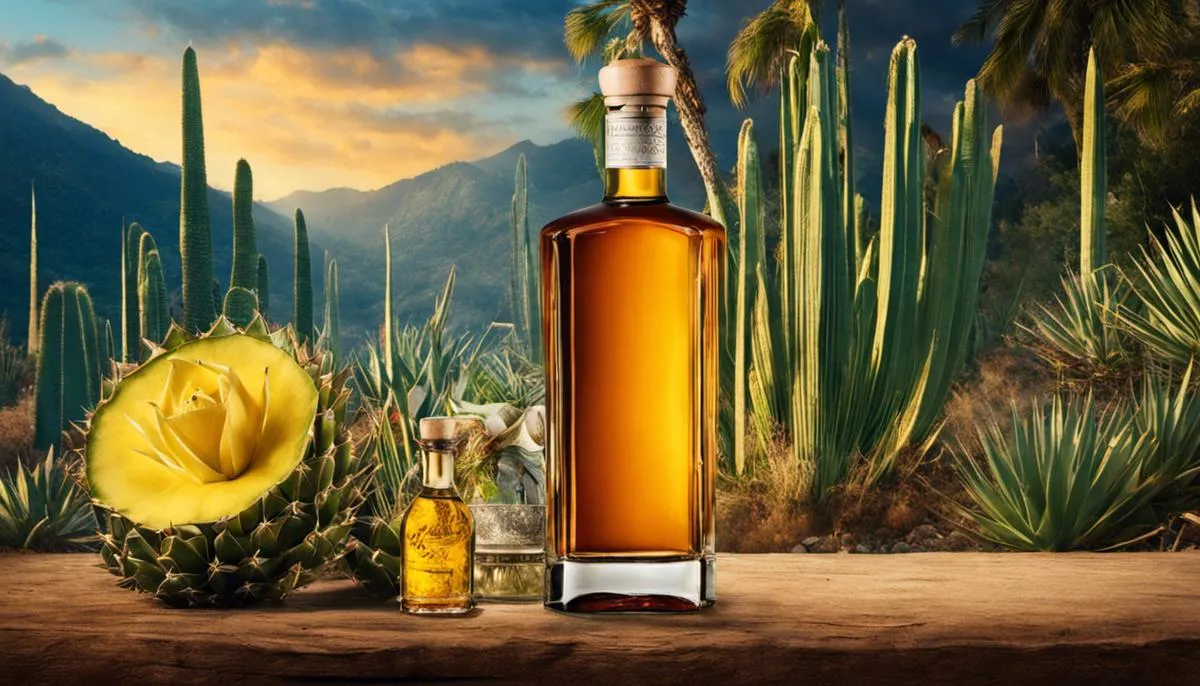
Pairing and Consumption
Diving Deeper into Mezcal and Tequila
Transitioning from debunking myths to appreciating their individualities, Mezcal and Tequila, while both hailing from the agave plant, are unique Mexican spirits. Each comes with its own unique qualities, flavor profiles, and drinking traditions. Whether enjoyed neat for tasting or mixed into cocktails, they offer a wide array of enjoyment possibilities.
The Core Difference
The primary difference between mezcal and tequila lies in their production process and the types of agave used. Mezcal can be produced from over 30 types of agave, typically using the Espadín variety. Conversely, tequila is solely made from Blue Weber agave.
Proper Consumption
While both spirits can be sipped neat, the traditional way to drink them varies. Mezcal is often served with slices of orange and worm salt, a ground mixture of salt, chili, and the larvae found in the agave plant. Tequila, on the other hand, is commonly served with salt and a slice of lime, a tradition known as ‘lick-sip-suck,’ although purists argue that high-quality tequila should be enjoyed on its own to appreciate the flavor fully.
Pairing with Food
When it comes to food pairings, both beverages shine. Mezcal, with its smoky and complex profile, pairs exceptionally well with meats, especially those with bold flavors like barbecued or grilled meats. It also goes well with spicy foods, rich dishes, and dark chocolate. Tequila, particularly the Reposado and Anejo styles, complements grilled seafood, spicy Mexican dishes, and caramel or vanilla-flavored desserts due to their slightly sweet and smooth attributes.
Cocktail Combinations
Recently, mezcal and tequila have risen in popularity within cocktail culture. Tequila is the main ingredient in popular cocktails like Margaritas and Tequila Sunrises. Its flavor profile, particularly Silver or Blanco tequila, blends seamlessly with fruit juices and other mixers. Meanwhile, mezcal, due to its intense smoky flavor, is often used sparingly in cocktails. One commonly recognized mezcal cocktail is the Mezcal Mule, a variant of the Moscow Mule replacing vodka with mezcal.
Drinking Traditions
In addition to the unique ways of serving and pairing these spirits, there are cultural traditions associated with their consumption. Mezcal is traditionally sipped slowly, savored for its complexity. It’s often said in Mexico, “Para todo mal, mezcal, y para todo bien, también,” which means “For everything bad, mezcal, and for everything good as well.” In contrast, tequila is often associated with quick shots in a party setting, although this does not do justice to the fine tequilas meant to be leisurely sipped and enjoyed.
In conclusion
Whether you prefer the smoky richness of mezcal or the smooth versatility of tequila, there are countless ways to enjoy these distinctive spirits. Just remember to drink responsibly, savoring each sip to appreciate the artistry and tradition distilled in every bottle.
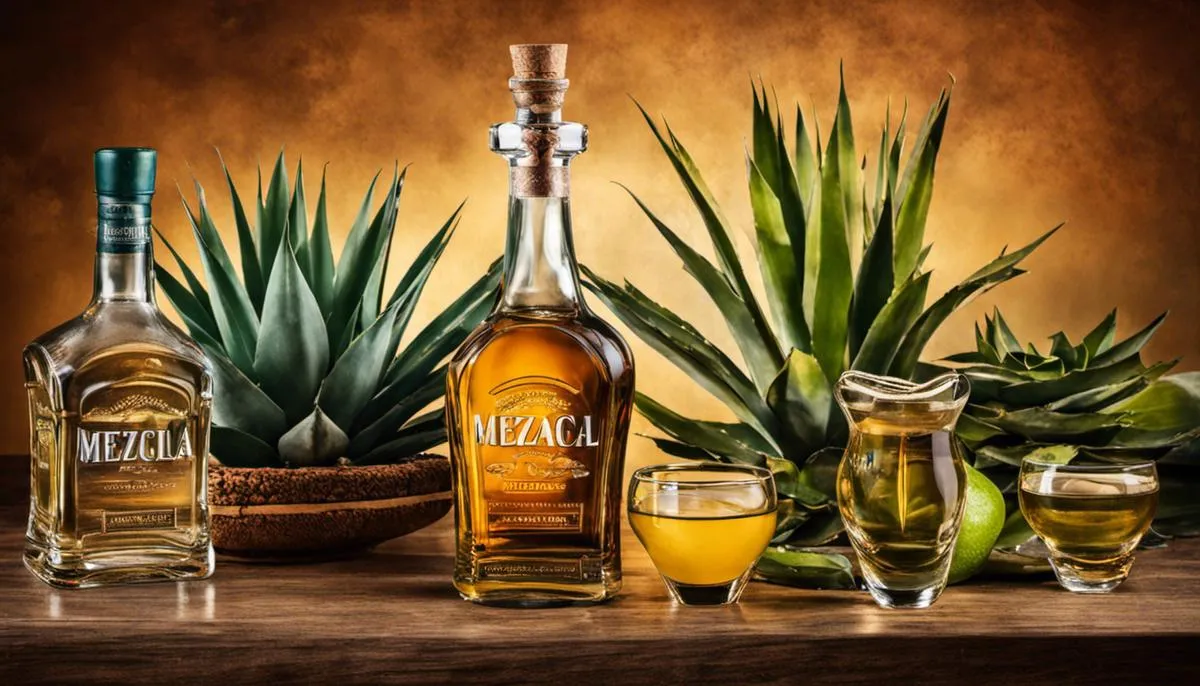
The uniqueness of Mezcal and Tequila is a testament to Mexico’s rich heritage, representing a cultural lineage steeped in tradition and mastery of craftsmanship, creating powerful sensory experiences from unique taste profiles. The symbolic agave plants not only embody the patience and dedication in their harvesting and distilling processes; they bear fruit to a world of camaraderie, joyful celebrations, and a treasure trove of flavors and textures waiting to be paired perfectly with a variety of dishes. As humble and rustic as they may seem, these spirits tell a complex tale full of history, love, and respect for the craft. The journey to understand them truly expands our horizons in appreciating how each sip can be an expression of an enduring lineage and a testament to Mexico’s unique spirit.

